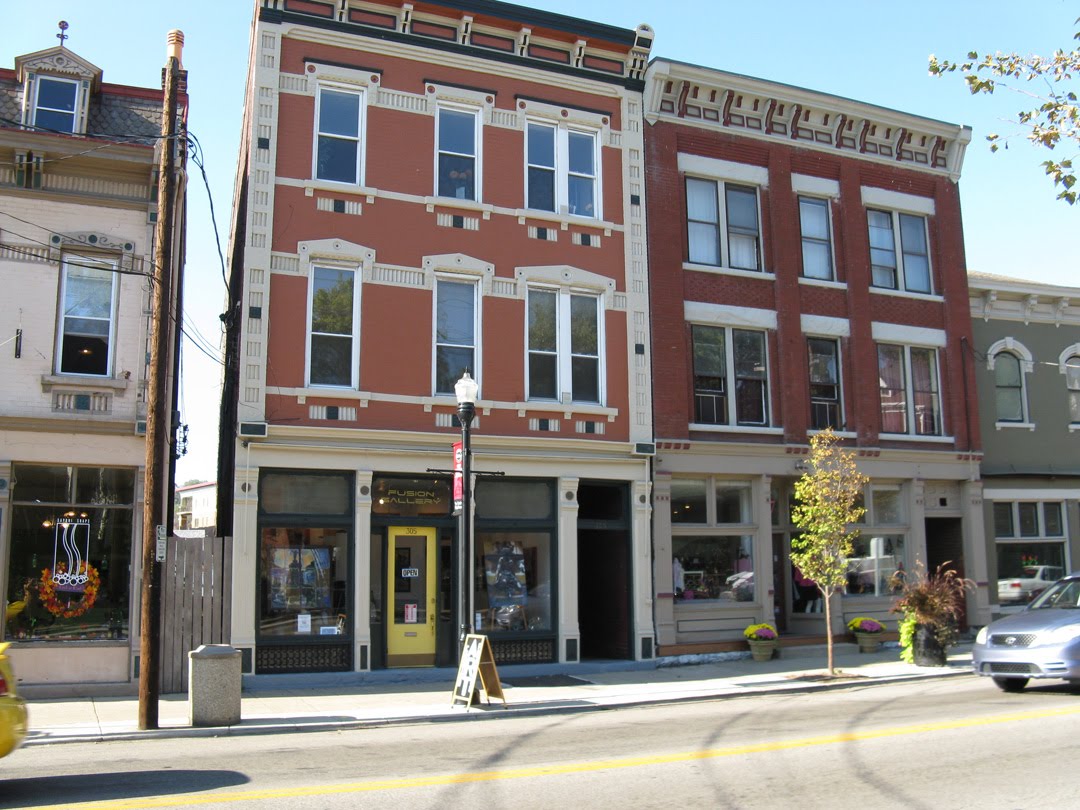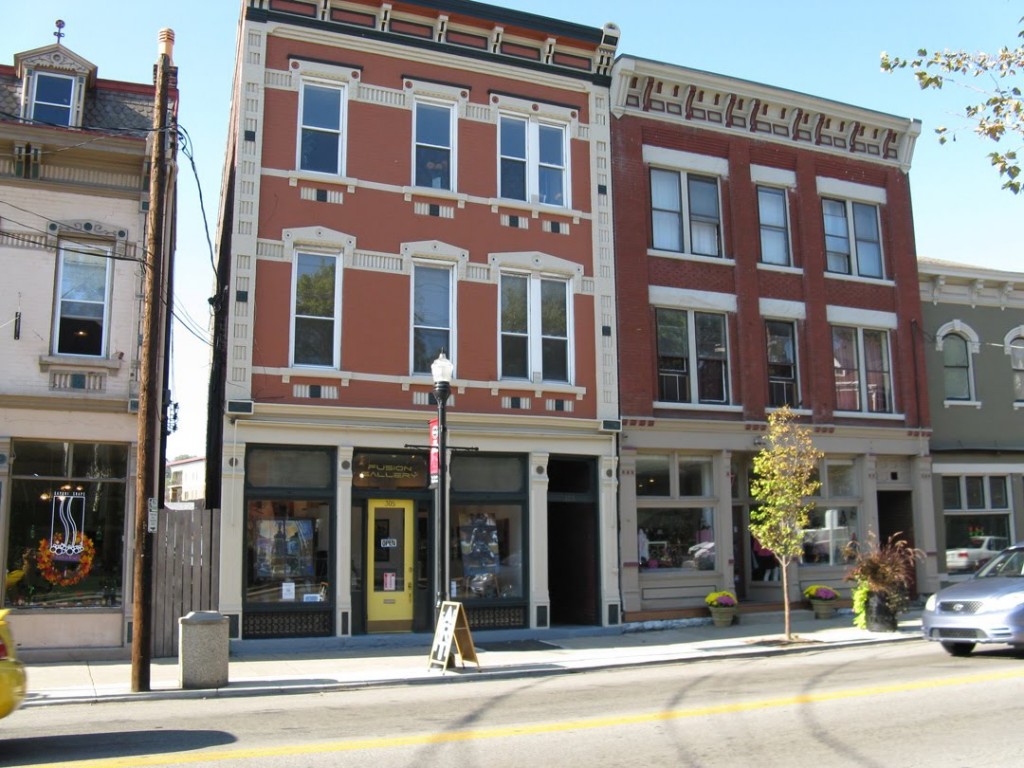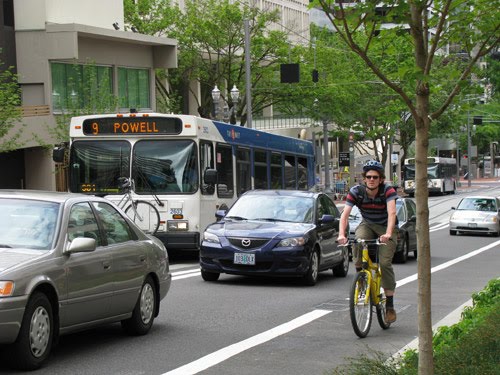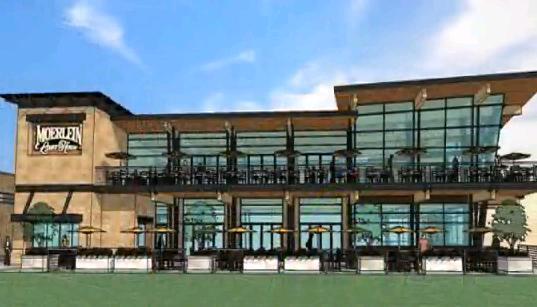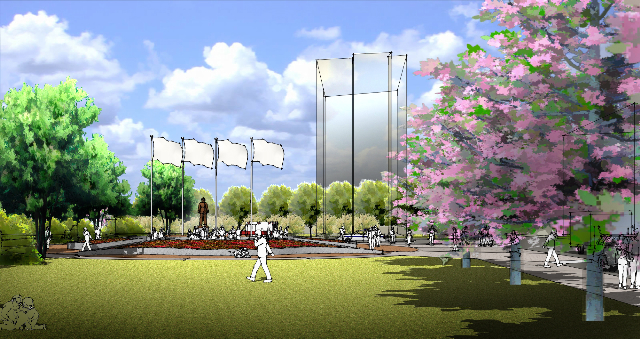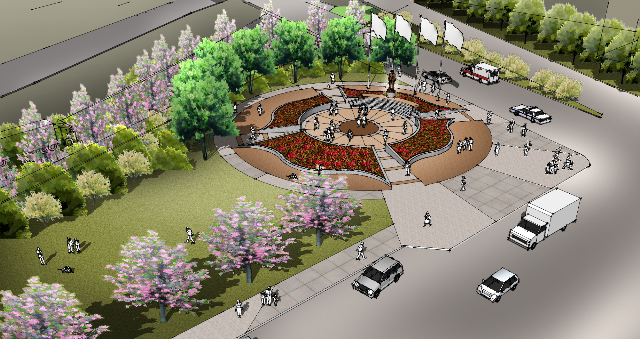Crews from Turner Construction Company continue to work on the finishing touches of Cincinnati’s new tallest skyscraper that will house a variety of companies including Great American Insurance for which the Great American Tower gets its name. The $322 million office tower boasts more than 800,000 square feet of office space and is scheduled to welcome its first tenants in spring 2011.
The Great American Tower is part of the larger Queen City Square development which includes the 303 Broadway office tower next door. The two towers share a 2,200-space parking facility and exterior design features.
The new tower has reached its highest point at 665 feet above Third Street with its majestic “Tiara” atop the structure’s 41st floor. UrbanCincy photographer Jake Mecklenborg was invited to tour the new tower as crews finish the structure’s crowning design feature. Mecklenborg’s photographs capture dramatic views from the top of the tower of Over-the-Rhine, Downtown, The Banks and the Cincinnati Riverfront Park. He also captures crews hard at work throughout the project.
Eagle Realty is currently working on leasing the final 175,000 square feet of office space at the Great American Tower on floors 28, 29, and 35 through 38. Once complete, the tower will house thousands of business workers, new retail offerings, and a dramatic new architectural feature to downtown Cincinnati that will eclipse historic Carew Tower as the tallest structure in the Ohio River Valley.

